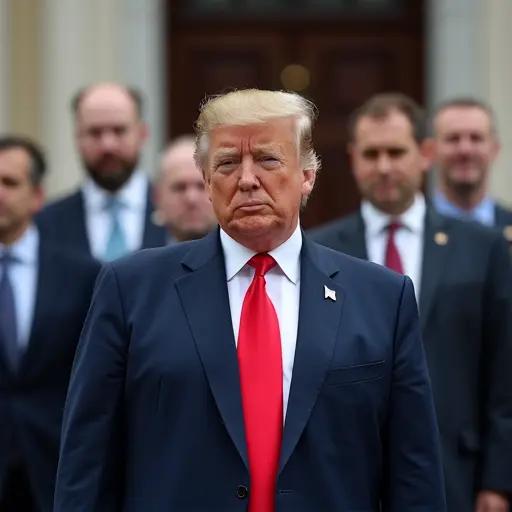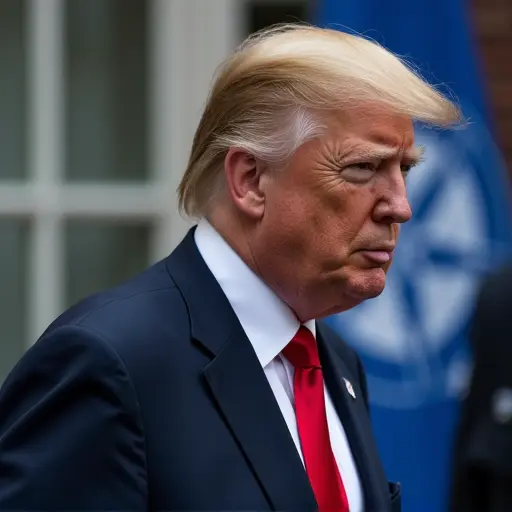US withdraws hundreds of troops from Romania in strategic shift, reducing from 1,700 to 900-1,000 soldiers. Move reflects changing defense priorities toward Asia and homeland security.

Strategic Military Realignment in Eastern Europe
The United States has announced a significant reduction of its military presence in Romania, withdrawing hundreds of troops from the key NATO ally in what defense officials describe as a strategic realignment of global force posture. The decision affects the 2nd Infantry Brigade Combat Team of the 101st Airborne Division stationed at Mihail Kogalniceanu Air Base on the Black Sea coast, with approximately 1,000 American soldiers remaining in the country.
Changing Defense Priorities
Defense Secretary Pete Hegseth has repeatedly emphasized that European nations must take greater responsibility for defending NATO's eastern flank. 'Our European allies have the capability and resources to contribute more substantially to their own defense,' Hegseth stated during a recent Pentagon briefing. The Pentagon describes this move as part of a deliberate process to balance U.S. military force posture globally.
NATO's Eastern Flank Concerns
Romania has been crucial in NATO's defense strategy against Russia, particularly since the establishment of the Enhanced Forward Presence following Russia's invasion of Ukraine. The country hosts one of eight multinational battalion battle groups established at the 2022 Madrid Summit. 'This sends the wrong signal to Russia at a critical time,' said Senator Roger Wicker, expressing rare Republican concern about the withdrawal.
European Response and Adaptation
The European Commission stated it was not surprised by the American announcement and would continue strengthening the 3,000-kilometer border with Russia through investments in drone technology and improved air defense. NATO Secretary General Mark Rutte has been actively trying to convince President Trump that American, European, and Indo-Pacific security are interconnected, though apparently without success in preventing troop movements between continents.
Broader Implications
The withdrawal comes amid increased Russian threats to Eastern European NATO countries, including recent drone incursions into Polish airspace and violations of Lithuanian airspace. While the Pentagon emphasizes this is not a withdrawal from Europe or reduced commitment to NATO, the move represents the first major reduction of American forces in the region under President Trump's administration. European allies now face the challenge of filling potential security gaps as the U.S. shifts focus toward the Indo-Pacific and homeland defense priorities.

 Nederlands
Nederlands
 English
English
 Deutsch
Deutsch
 Français
Français
 Español
Español
 Português
Português









